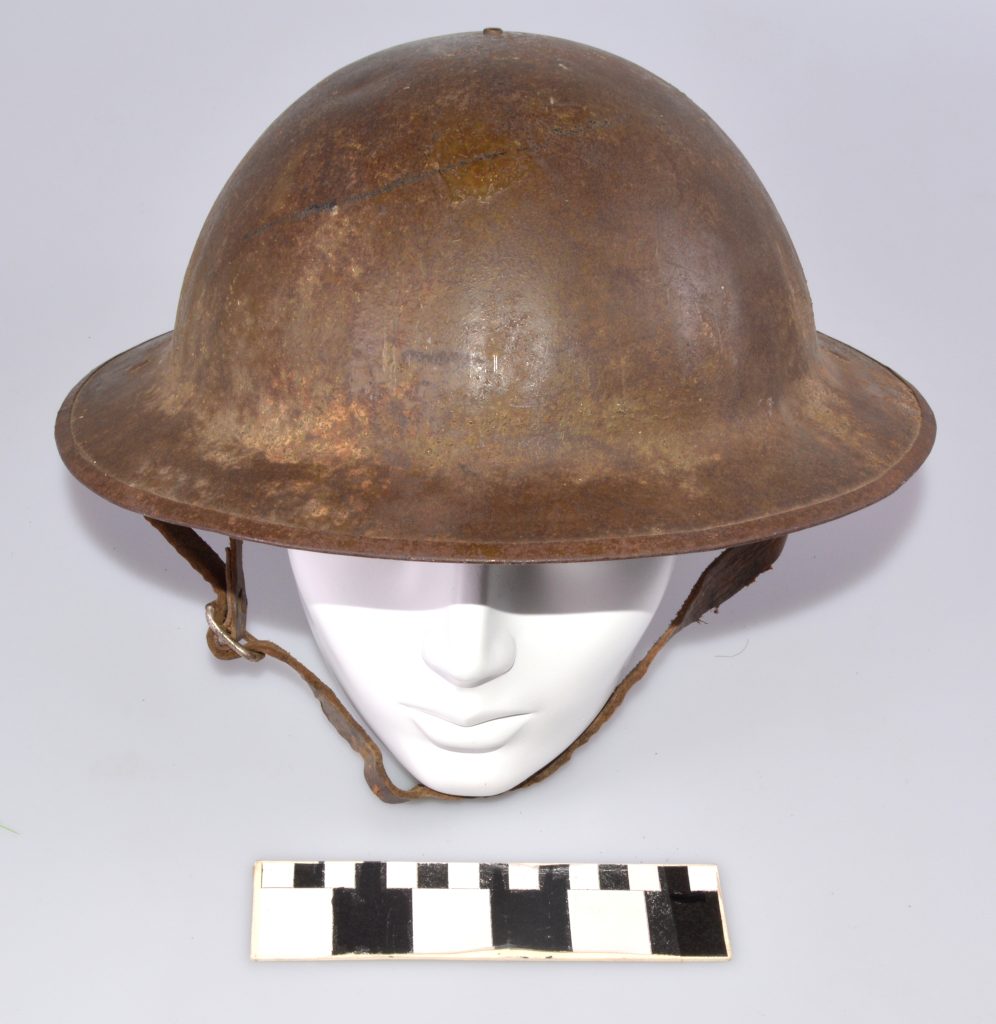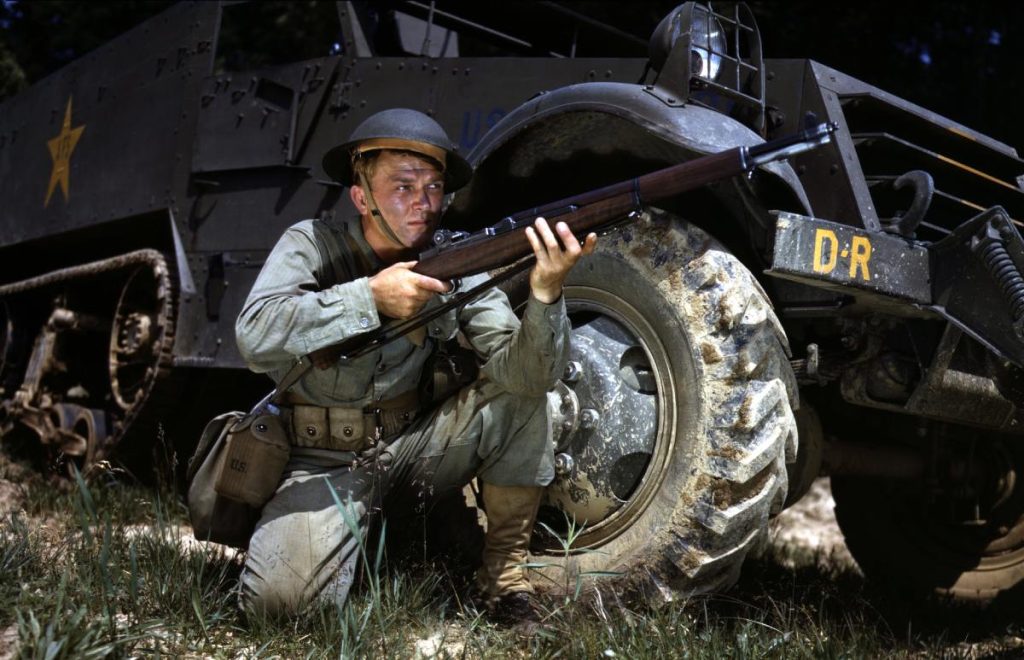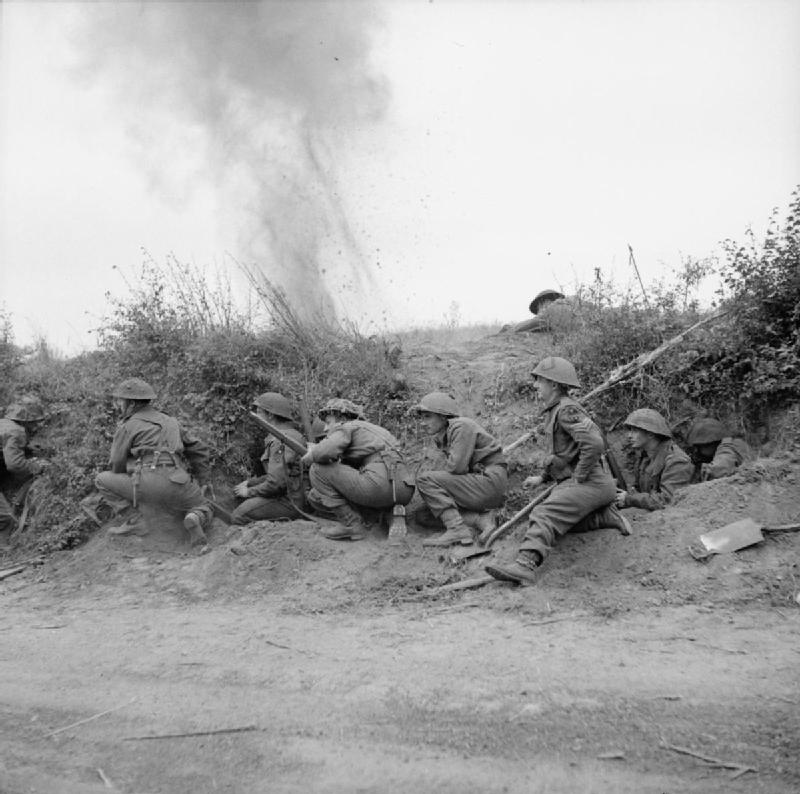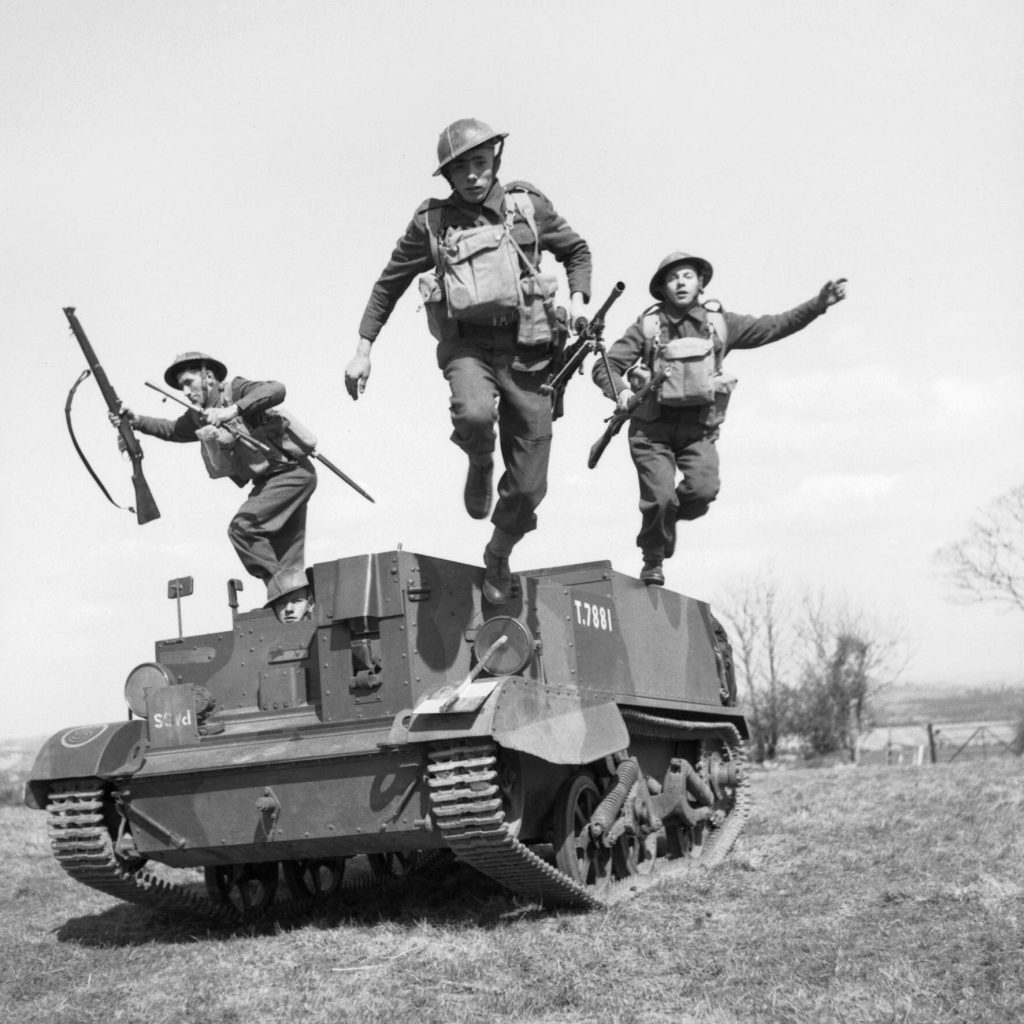Britain was at the very forefront of all of the major wars of the first half of the twentieth century. When the First World War broke out in the late summer of 1914, it was in many ways a clash between Britain and Germany for pre-eminence as the great power of Europe. When a new world war came in 1939, Britain for a time stood almost alone (there were some exceptions amongst smaller nations in the Balkans) against the Nazis. Moreover, British soldiers also fought in numerous other conflicts, notably sending divisions to fight in the Russian Civil War after the end of the First World War, as well as a wide range of small clashes in Africa and Asia. Unsurprisingly, given this massive engagement in military conflict by the British between 1900 and 1945, there were significant changes to British military hardware and weapons. Few were as dramatic as the evolution of British military headwear between the dawn of the twentieth century and the end of the Second World War. Moreover, these innovations paved the way for military helmets for much of the remainder of the twentieth century.

In 1900 British military helmets in many ways reflected the pride and perceived indestructability of the British Empire. This was an imperial power whose possessions spanned all five continents and included huge landmasses such as the British Raj and a near-continuous line of colonies from Egypt to South Africa. Britain had not been involved in a war in which it was seriously challenged for decades. Military headwear reflected the confidence this had instilled in those who ran Britain’s armed forces. Most British soldiers heading off to Africa or India in the 1890s or 1900s were issued with soft pith helmets, ones which were primarily intended to indicate one’s military rank. These were often manufactured from little more than a relatively brittle core around which cloth might be wrapped, or made out of an ephemeral material such as flexible wood or even straw. Such protection as they offered was generally from the sun rather than enemy bullets. That would all change with the advent of total war in the twentieth century.
As soon as Britain entered the First World War on the side of France and Russia against Germany and the Austro-Hungarian Empire on the 4th of August 1914, measures were implemented to begin modernizing much of the British infantryman’s weapons and protective gear. Many people in London, Paris, Berlin and Vienna hoped to score a number of quick successes on the battlefield in the autumn of 1914 and win the war before Christmas. But within weeks the conflict had become bogged down in attritional trench warfare on the Western Front of north-eastern France. Here many, many soldiers would lose their lives over the next several years from exploding artillery shells and the debris produced by it landing from above on the heads of soldiers in the trenches. In this environment, all sides needed to develop better, harder helmets which could protect the most vulnerable part of a soldier’s body in the trenches: his head.

By the summer of 1915 a Lithuanian-born British immigrant, one who had made a fortune on gold and diamond mining in South Africa in the 1890s, by the name of John Leopold Brodie, began working on such a helmet for the British army. This would be an evolution of the metal skullcap which August-Louis Adrian had manufactured for the French military. The Brodie helmet was finalized and patented by Brodie in London by August 1915. This new modern British helmet was pressed from a single sheet of steel which was impressed on in order to make it fit relatively snuggly around the wearer’s skull. A leather liner was placed around the interior to make the helmet fit more comfortable, while a leather chin-strap held the piece in place when a soldier was moving quickly. The Brodie was quickly brought into production, but the design was modified within just a few weeks as it was decided to use harder steel made from 12% manganese content. The helmet then weighed just over one kg and was painted in a number of different colors depending on what theatre of the war those who received them would be fighting in.
Although it was altered and modified many time more, the Brodie Helmet would form the basis of British military helmets down to the end of the Second World War. Indeed replica versions of it were picked up and manufactured or purchased by everyone from the US military to the Commonwealth nations such as Australia and New Zealand. This consequently served as a standard service helmet for infantry and marines across much of the world during the interwar period, while it was also used for civilian purposes by police, fire-fighters and other occupations which required head protection.

While the MK1 was still being used by some armies during the Second World War, the second global conflict saw some rapid developments in the manufacture of the helmet. The MKII or Mark II had been introduced in 1938. This had a non-magnetic rim on the front part to make it easier for the serviceman to use a magnetic compass, without the metal from the helmet throwing the reading off. One will also find what are known as MKII, No. 2 helmets being sold as memorabilia today. These are actually defective British helmets which were mass-produced in the late 1930s, but which eventually the British government began issuing to servicemen once the war with Germany broke out in September 1939 and hundreds of thousands of soldiers needed to be mobilized and equipped quickly. A year later, when the Blitz of London and other English cities, the sustained bombing campaign undertaken by the Germans and intended to force the British into surrendering, a civilian version of the MKII known as the Kuckerman Helmet was issued to different rescue workers operating in the English capital and elsewhere. Often these were stretcher-bearers rescuing individuals who were injured from London’s streets.

Finally, in 1941 the British Medical Research Council arrived at a new evolution of the Brodie helmet again. The MKIII or Mark III is often referred to as the ‘Turtle Helmet’ owing to its appearance, which resembles a turtle’s shell. With its smaller brim and deeper skullcap, the MKIII provided over 35% greater protection than the MKII and so it became the standard issue headgear for British soldiers for much of the remainder of the war. It would only finally be superseded in 1944 by the MKIV or Mark IV, a newer helmet again offering further protection, though this is more synonymous with British military activities between the late 1940s and the early 1980s. Thus, the MKII and MKIII were the British military headgear which was most widely used during the course of the Second World War.
